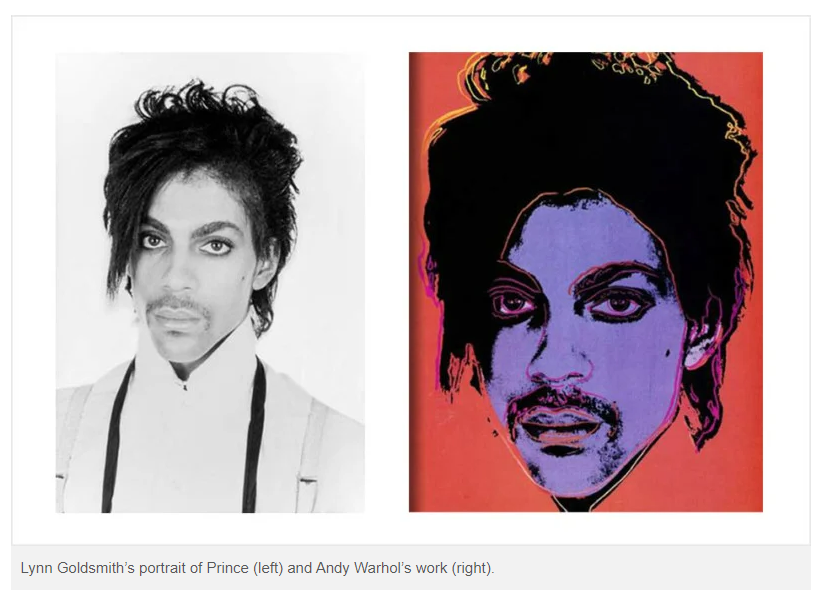Last week the Telegraph reported that a recent firmware update to HP printers “prevents customers from using any cartridges other than those fitted with an HP chip, which are often more expensive. If the customer tries to use a non-HP ink cartridge, the printer will refuse to print.”
Some HP “Officejet” printers can disable this “dynamic security” through a firmware update, PC World reported earlier this week. But HP still defends the feature, arguing it’s “to protect HP’s innovations and intellectual property, maintain the integrity of our printing systems, ensure the best customer printing experience, and protect customers from counterfeit and third-party ink cartridges that do not contain an original HP security chip and infringe HP’s intellectual property.”
Meanwhile, Engadget now reports that “a software update Hewlett-Packard released earlier this month for its OfficeJet printers is causing some of those devices to become unusable.” After downloading the faulty software, the built-in touchscreen on an affected printer will display a blue screen with the error code 83C0000B. Unfortunately, there appears to be no way for someone to fix a printer broken in this way on their own, partly because factory resetting an HP OfficeJet requires interacting with the printer’s touchscreen display. For the moment, HP customers report the only solution to the problem is to send a broken printer back to the company for service.
BleepingComputer says the firmware update “has been bricking HP Office Jet printers worldwide since it was released earlier this month…” “Our teams are working diligently to address the blue screen error affecting a limited number of HP OfficeJet Pro 9020e printers,” HP told BleepingComputer… Since the issues surfaced, multiple threads have been started by people from the U.S., the U.K., Germany, the Netherlands, Australia, Poland, New Zealand, and France who had their printers bricked, some with more than a dozen pages of reports.“HP has no solution at this time. Hidden service menu is not showing, and the printer is not booting anymore. Only a blue screen,” one customer said.
“I talked to HP Customer Service and they told me they don’t have a solution to fix this firmware issue, at the moment,” another added.
Source: HP Rushes to Fix Bricked Printers After Faulty Firmware Update – Slashdot

